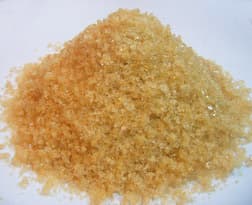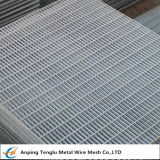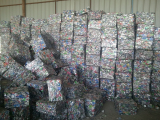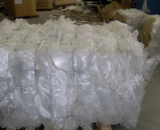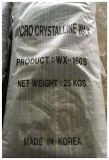medicine gelatin
Negotiable Min Order Quantity Unit
- Required Quantity
-
- Place of Origin
- Payment Terms
- Negotiable
- Production method
- Negotiable
- Shipping / Lead Time
- Negotiable / Negotiable
- Category
- Industrial Supplies
Hebei xueyang glair gelatin company
- Country / Year Established
-
 China
/
China
/
- Business type
- Others
- Verified Certificate
-
15

| Product name | medicine gelatin | Certification | - |
|---|---|---|---|
| Category | Industrial Supplies | Ingredients | - |
| Keyword | edible gelatin , food gelatin , industrial gelatin , medicine gelatin | Unit Size | - |
| Brand name | - | Unit Weigh | - |
| origin | Stock | - | |
| Supply type | - | HS code | - |
Product Information
|
Medicine Gelatin is a kind of high level gelatin product made from animal skins and bones, which contains high protein and non fat, has good properties of in viscosity and freezing. The appearance of the product is light yellow to yellow fine grain. Its voluntary standard are QB2354-98 standard and the standard authorized by the Ministry of Health. We can customize BP98 and CP95,USP24 coming up to Europe and America PB. Our company is appointed to handle the SGS, ITS quality certificate and CIQ veterinarian certificate and the note for changing the certificate of letting pass.
Applications: Two-Piece Hard Capsules Soft Elastic Gelatin Capsules The soft gelatin encapsulation process begins with the formation of two sheets called ribbons from a molten gelatin mass, each of which is passed over a die of the desired capsule size and shape. At the point where the two rotating dies meet, the capsule is formed and filled with a liquid that contains the active ingredient in a vehicle. The capsule is then washed to remove the lubricants and dried. In 1932, R. P. Scherer developed the first rotary die encapsulation system: since that time the technology has been refined into a completely automatic process. The rotary die method has the advantage of producing a capsule with highly accurate dosage levels, can prevent photochemical deterioration of the active ingredient and masks unpleasant tastes. Tablets The first step is typically the granulation of the active ingredient to a particle size close to that of the other ingredients. This is performed by various size enhancement techniques including granulation, extrusion and compression. In all three techniques gelatin is used for its adhesive properties. The natural tack of the gelatin assists in the agglomeration of the particles. The second step is a granulation technique with all the excipients added. The granulation is controlled to produce a homogeneous and properly sized granulate. Gelatin solutions are used as the binder in this process to form larger agglomerates containing the active, binder, diluents and glidants. The use of gelatin in the granulation process provides an efficient means for reducing fines and maintaining physiological inertness. Tablet granulates are then compressed into the proper shape, density and size by use of a tablet press. The compression exerted by the tablet press on the powder granulate is such that the agglomerates shatter and upon further compression lock together. The advantage of gelatin is that not only is the shattering of the agglomerates accomplished, but the adhesive properties of the gelatin act as an additional adhesive. Tablet Coating Suppositories Type A gelatin is generally adjusted to an acidic pH which is below the isoelectric point, while a Type B gelatin is also adjusted to a pH that is acidic, but in this case the pH is above the isoelectric point. Thus the cationic, anionic, and the nonionic characteristics can be used to promote compatibility with the active, compatibility with the surrounding fluids and temperatures, and enhance or control the bioavailability. The pH exists where the positive and negative charges are equivalent and the application of an electric charge has no effect. The principal chemical and physical characteristics of a gelatin solution are dependent upon the pH and the ionic strength of the media. The formulation and preparation of the gelatin can in fact modify the isoelectric point in such a way that various physical characteristics can be enhanced. The suppository dosage form is just one example of the use of varied isoelectric points that enhance the performance of the drug delivery system. Gelatin Emulsions Microencapsulation Absorbable Gelatin Sponge Absorbable Gelatin Film Pastilles and Troches Bacterial Growth Media |
||||||||||||||||||||||||||||||||||||||||||||||||||||||||||||||||||||||||||||||||||||||||||||||||||||||||||||||
B2B Trade
| Price (FOB) | Negotiable | transportation | - |
|---|---|---|---|
| MOQ | Negotiable | Leadtime | Negotiable |
| Payment Options | Negotiable | Shipping time | Negotiable |
Hebei xueyang glair gelatin company
- Country / Year Established
-
 China
/
China
/
- Business type
- Others
-
15

- President
- Emily Ji
- Address
- hengshui,hebei, china
- Product Category
- Feed Additives
- Main Product


































